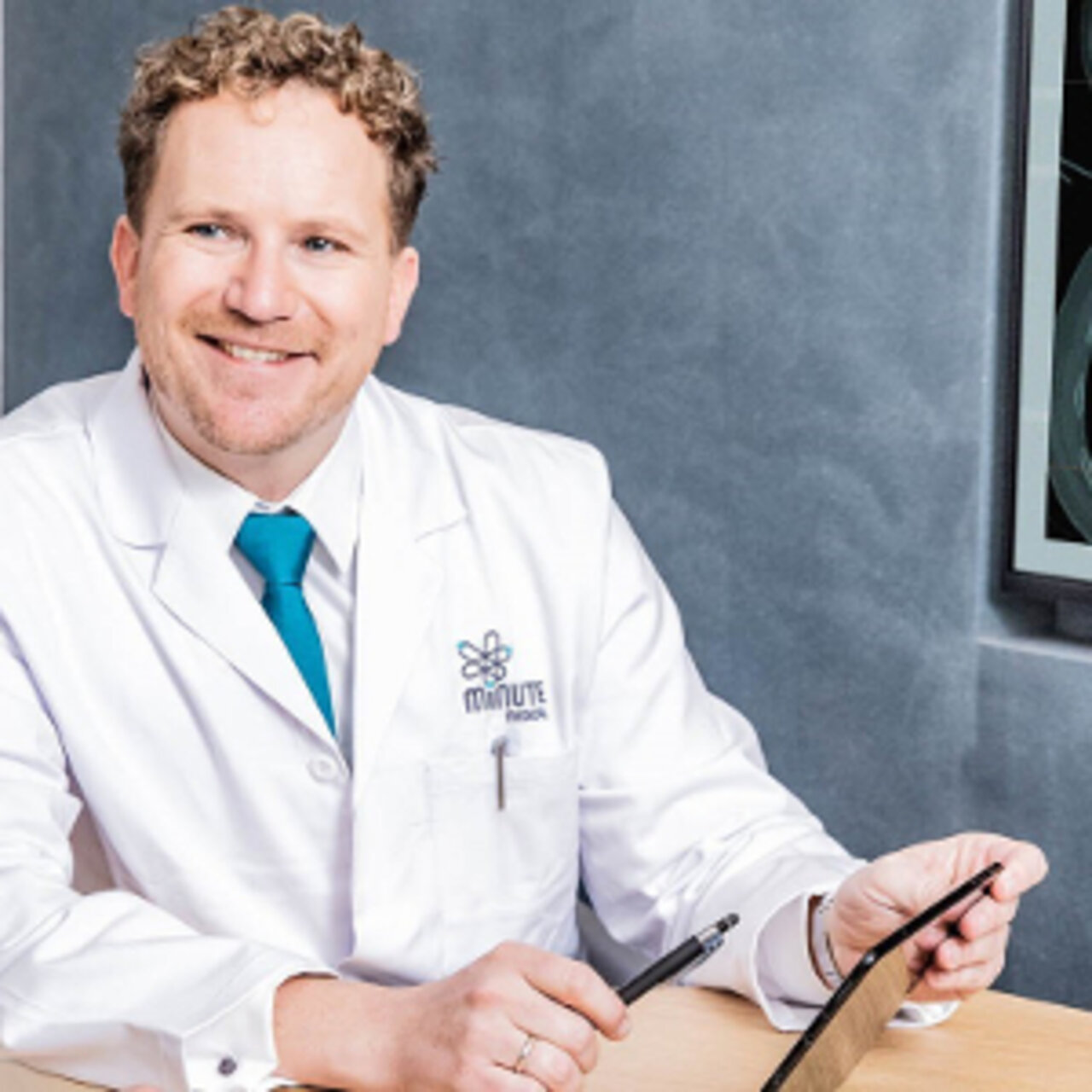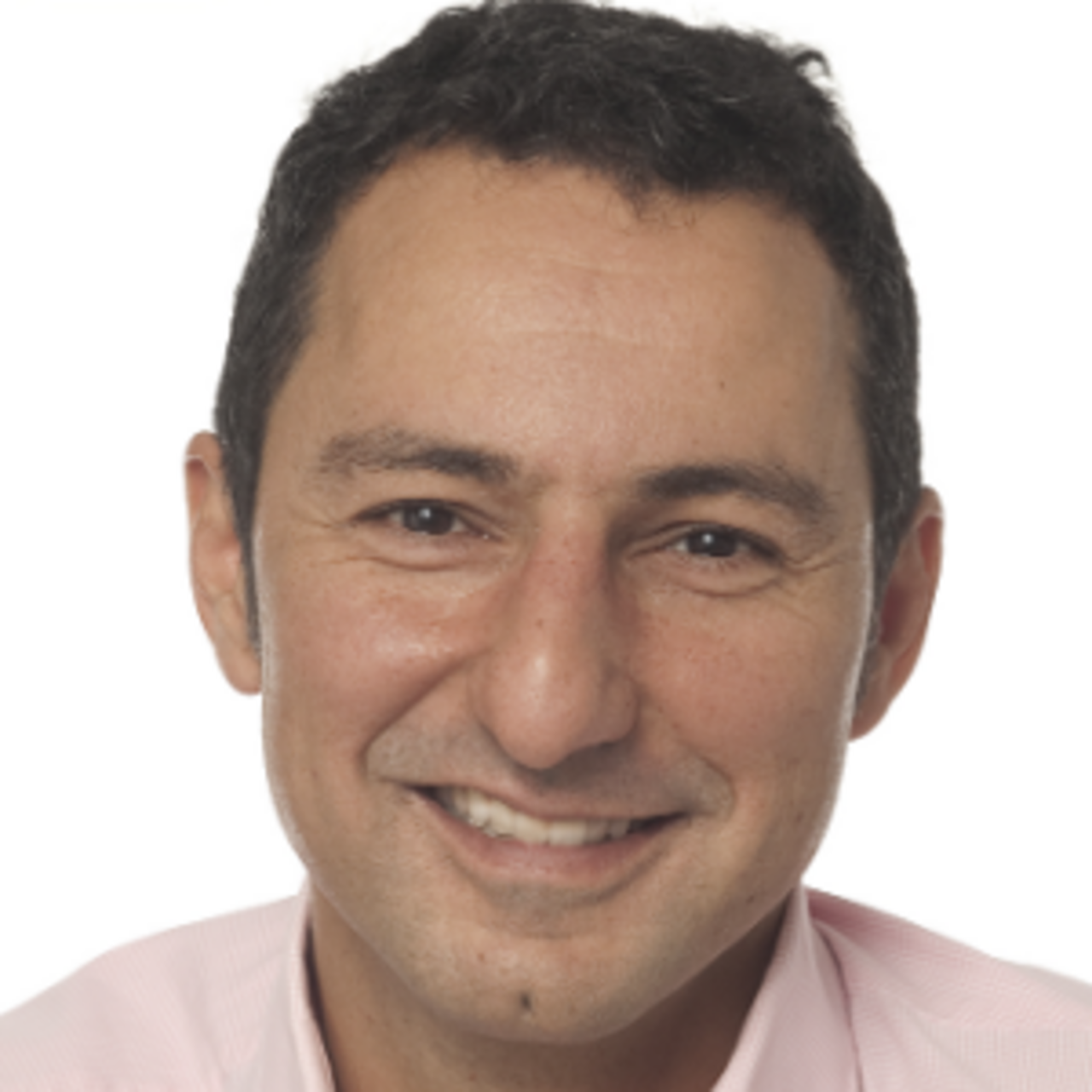Specialists in Radioligand Therapy for Prostate Cancer (PSMA with Lutetium-177)
3 Specialists found
Information About the Field of Radioligand Therapy for Prostate Cancer (PSMA with Lutetium-177)
What is PSMA Therapy?
Probably one of the most common malignant tumors in men is prostate cancer. In 2012 alone, more than 63,000 new cases were diagnosed in Germany, for example. PSMA stands for prostate-specific membrane antigen. However, upon closer inspection, what sounds complicated at first glance is quite simple: it is a particular enzyme on the surface of cancer cells inherent to prostate cancer.
With the help of PSMA-directed imaging and therapy, the cancer cells can be detected, and a specific radioactive molecule (for example, lutetium-177-PSMA-617) can dock onto them (lock-and-key principle). Thus, the cells can be made visible, and they can be specifically irradiated and destroyed in this way. Studies have shown that the therapy is well tolerated and that the clear majority of all patients respond to this therapy.
It has already been proven that even in patients with progressive disease after conventional therapies, PSMA therapy effectively prolongs life and has been shown to improve quality of life significantly. PSMA therapy has been used individually in Germany and Austria for more than ten years and has shown excellent results in numerous studies.
Who Is Eligible for PSMA Therapy?
The therapy has been officially approved for patients with advanced-stage, castration-resistant prostate cancer in both the USA and the European Union. Increasingly, studies are demonstrating its effectiveness in earlier stages of the disease. Depending on the regulations in each country, this therapy may also be accessible to patients outside standard treatment protocols at earlier stages, and even on an outpatient basis (e.g., in Austria).
The suitability of this therapy is assessed through PSMA-directed molecular imaging, 68Ga-PSMA PET/CT, which detects the target structure (PSMA) on the surface of cancer cells throughout the body. Additionally, blood tests are required to evaluate the function of the hematopoietic bone marrow and kidneys, ensuring the patient's overall readiness for treatment. Patients who may benefit from this therapy are encouraged to consult their urologist or a nuclear medicine specialist for a detailed discussion.
What Exactly Is the Procedure for PSMA Therapy?
The therapy itself is carried out intravenously via a venous catheter. Therefore, on the day of the treatment and during the following days, it is essential to drink a sufficient amount of fluids (approx. 2-2.5 liters per day) to minimize the strain on the body, especially the salivary glands and kidneys.
Lutetium-177 or Actinium-225 or Terbium-161 are the radioactive nuclides, and the carrier protein is the PSMA ligand. Since the two are coupled, and the PSMA is significantly expressed almost exclusively by tumor cells, very efficient and targeted therapy is possible in this way. Once at the tumor cells, the nuclide irradiates about 1-2 mm into the surrounding tissue, sparing healthy portions. In case of Actinium-225 it is only one to two cells’ range. Thus, it doesn't matter where or how large or small the tumor cells are; the PSMA acts as a navigation system, guiding the radioactive drug directly to its target.
Before the patient leaves the clinic, in case of beta emitting nuclides, a standardized measurement of the radiation emitted by the patient is made to comply with the legal requirements of radiation protection.
Are Side Effects and Complications to Be Expected?
As with any therapy, side effects and complications can also occur with PSMA therapy. In general, however, the treatment is very well tolerated. Occasionally, nausea may occur, but this can be treated with conventional medications. Taste disturbances and dry mouth (xerostomia) may also occur if the therapy is repeated more frequently. Since the radiopharmaceutical is excreted through the urine and intestines, the patient should drink plenty of fluids and eat normally to keep up the activity of these organs high at all times.
PSMA is also found in the salivary glands. Dry mouth may occur depending on the frequency of use and the radionuclide used (Lutetium-177 vs. Actinium-225). However, severe courses were observed only in the case of previous damage or multiple Actinium-225 PSMA therapies.. Medical drug protection of the salivary glands is not currently available. However, hydration and forced salivation are effective methods to prevent severe xerostomia. Discrete, mostly temporary blood count changes may also occur, so blood count checks accompany the therapy.
What Follows After Radioligand Therapy?
Usually, the patients can be discharged after completion of the therapy, provided they have met the radiation safety requirements of the respective therapy country at that time. Approximately one month after completion of the therapy cycle (min 3 sessions), imaging by PSMA-PET/CT should be performed to monitor the success of the therapy to decide on further therapy cycles, if necessary.
Because the patient will be radioactive to some degree after the therapy, hygiene and radiation safety instructions should be followed. These include keeping contact with other persons or groups (especially pregnant women and small children) short at the beginning. For this purpose, the patient receives a corresponding instruction sheet, on which all important behavioural recommendations are listed.


